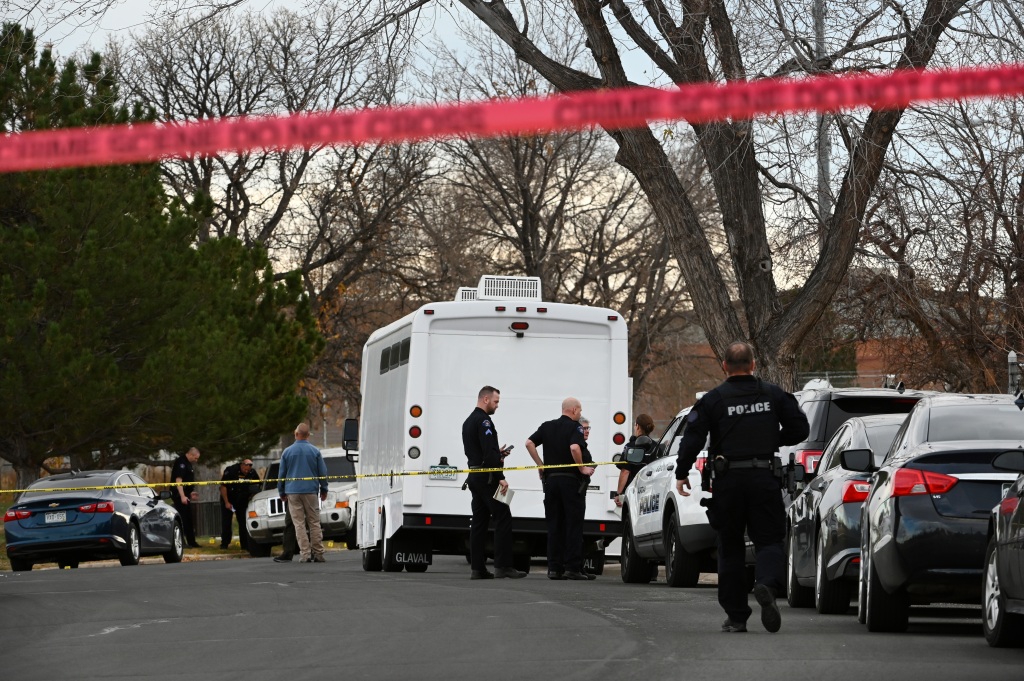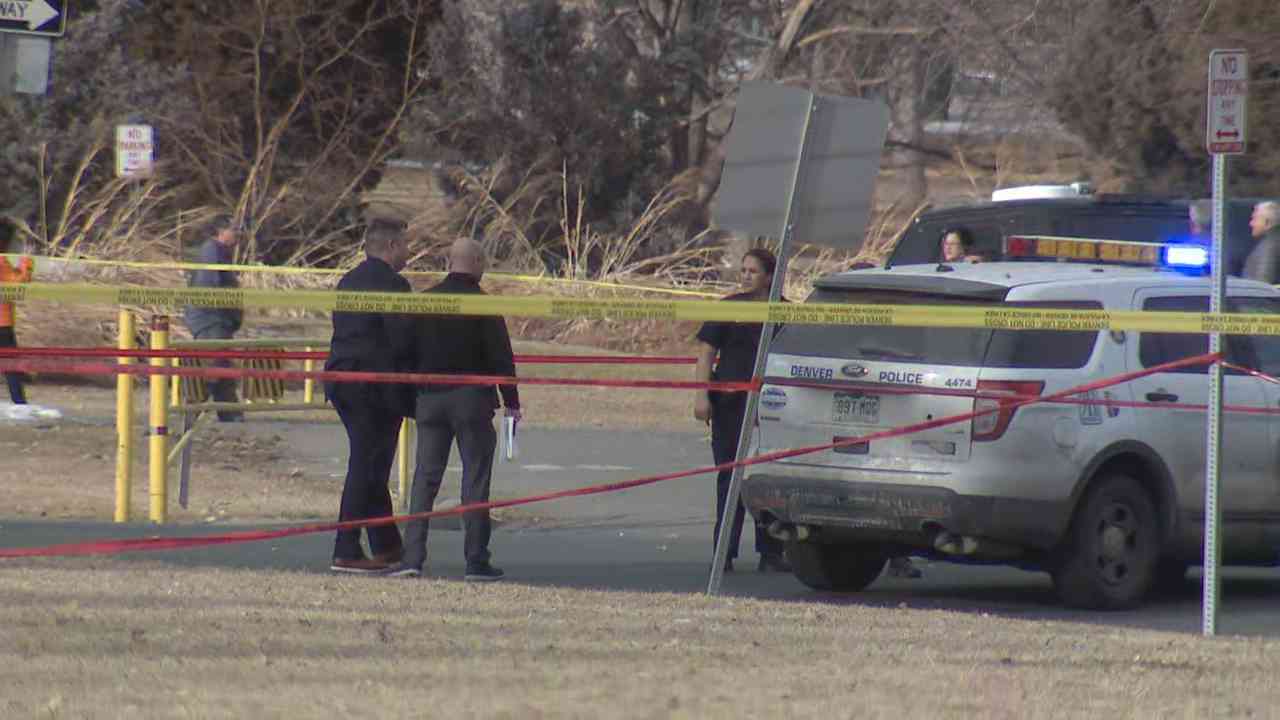After the COVID-19 boom, most violent crime is on the decline in the US, whereas auto theft is on the rise
According to a new mid-year assessment released by the Council on Criminal Justice on Thursday, homicide and the majority of other violent crime are still declining in American cities but are still at elevated levels when compared to before the COVID-19 outbreak.
“The decline we see across the major crime categories is encouraging, but our country should not be comfortable with rates of violence that continue to claim thousands of lives each year,” study co-author Richard Rosenfeld, an emeritus professor at the University of Missouri-St. Louis said in a press release.
The think group with hundreds of members
who are interested in criminal justice policy also claim that auto thefts are still on the rise. In 37 cities, including some of the biggest in the country, the research analyses monthly crime rates for 10 violent, property, and drug offences. However, not all of the cities provided statistics for each offence.
It represents the most recent effort by researchers to provide a comprehensive national picture of crime trends at a time when the United States lacks trustworthy federal data on the subject and public safety is a major concern for many people.
Homicides are declining yet are still high.
Homicides are down 9% in the first half of 2023 compared to the same period last year, according to data from 30 cities, the survey revealed.
Twenty of the cities, including Los Angeles, Chicago, Phoenix, Philadelphia, Austin, Jacksonville, and Denver, among others, reported decreases in homicides. Ten cities, including New York, Seattle, and Washington, D.C., reported increases.
In 2020, there was a spike in homicides, which peaked in 2021. Homicides remained 24% higher in the first half of 2023 than in the first half of 2019, despite levels having started to drop once more, according to the data.
 Decrease in robberies and gun assaults
Decrease in robberies and gun assaults
According to the research, numerous other types of violent crimes all decreased by a few percentage points in the first half of this year compared to the same period in 2016. However, because different numbers of cities reported data for each category, the researchers provided the data with caution.
- Based on data from 10 cities, there were 6% fewer gun assaults.
- 4% less robberies occurred in 2017, according to data from 33 cities.
- 5% less non-residential burglaries occurred, according to data from 16 cities.
- Based on data from 16 cities, there were 4% fewer residential burglaries.
- 4% less thefts were committed, according to data from 31 cities.
- Based on statistics from 25 cities, aggravated assaults dropped by 3%.
Over the same time period, two different sorts of crime saw a small increase.
- Data from 21 cities show a 1% increase in drug offences.
- Based on statistics from 11 cities, there was a 0.3% increase in domestic violence.
 Thefts Crime of motor vehicles rise in 23 cities
Thefts Crime of motor vehicles rise in 23 cities
Thefts of motor vehicles started to surge around the start of the COVID-19 pandemic and have since continued to rise. According to data from 32 cities, motor vehicle theft increased by roughly 34% in the first half of the year compared to the same period in 2022. That adds up to almost 24,000 extra stolen cars.
Seven of the cities—Rochester, Cincinnati, Buffalo, Chicago, Memphis, Washington, and Durham—saw rises of 100% or more, while 23 of those cities reported increases.
According to the data, thefts of motor vehicles increased by 104% from the first half of 2019.
Unreliable federal data
The report from the Council on Criminal Justice tries to fill the gap left by the lack of current and accurate national crime data in the US.
In the past, the FBI has voluntarily gathered information from local law enforcement organisations for its national crime reports. However, when the FBI shifted to a more modern reporting method in 2021, only around 65% of agencies reported data. The FBI anticipates that as more agencies adopt the system, participation will rise.




